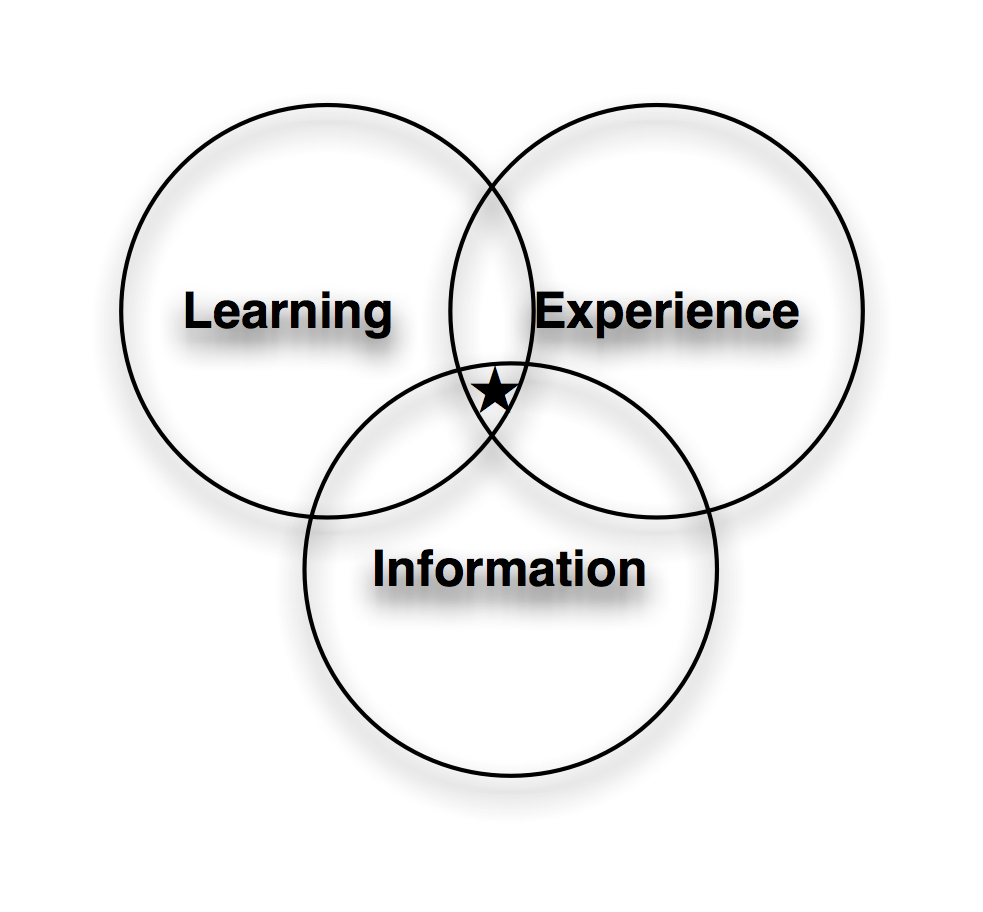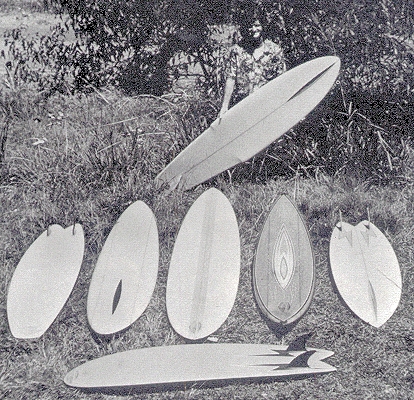Last night we held the first #lrnchat, a Twitter learning chat. As mentioned before, it was an idea from Marcia Conner based upon her previous experience with other chats and enthusiasm for Twitter. It was an interesting experience, with it’s plusses and minuses. There were great topics, and some interesting technical issues. The latter first:
I finally ‘graduated’ from TwitterFox (a plugin for Firefox, and a great way to start Twittering) to TweetDeck, an AIR application. It’s more sophisticated, but then it’s another application I’m running in parallel (what with iChat, Adium, and Skype all running, and now TweetDeck, Mail, and Firefox, before I’m working in any apps, I’ve got a lot of RAM and CPU cycles being sucked up. However, I went to TweetChat, a website that provides an interface just for such chats, because it only follows your hashtag, and automatically puts it in your tweets. That worked well.
However, what my colleague Sky (Jim Schuyler) noticed was that all those tweets were flooding the twitterverse. In fact, he found out about #lrnchat by a sudden flurry of tweets from some people he knew, including me and Marcia Conner (why he hadn’t seen the earlier tweets about it is a curiosity :). That’s the downside: that all those tweets go out to your followers, who may not know what’s going on. Harold Jarche also opined that maybe Twitter wasn’t the right tool for chatting. It’s an interesting issue, but it’s really all about tradeoffs. For example, Meebo is more dedicated to chat, but there’s more overhead to get hooked up (it connects all IM channels, but you’d have to be on IM). If you’re on twitter, you saw the message and could participate. However, I admit I felt bad if anyone who watches my tweets felt inundated (let me know; valuable feedback).
I previously found it the situation that if you have new channels, new people can find ways to express themselves. I think chat has some great affordances, as you don’t have to take turns, there can be parallel conversations going, and it doesn’t take a lot of bandwidth. You couldn’t do it in video or audio. There might’ve been times I wanted to draw a picture (as I did in a small TogetherLearn chat with Harold and Jay the other day). Still, a potentially powerful channel (as I find when serving as a backchannel for a presentation).
Interestingly, the amount of activity on Twitter with #lrnchat suddenly peaking triggered some automatic signification that #lrnchat was a trend, and we got some auto-pings to fill out a definition of what #lrnchat was at What The Hashtag! Which of course brought in some people looking for ‘action’ and to flog their personal issues. Even in the discussion, the mention of Yammer brought in the Yammer team mentioning some of their case studies, which got a bit annoying. The risks of popularity, I guess.
Another issue, besides tool, was whether 2 hours were too much. While we expect some to have to drop out, or drop in late, is it useful or valuable to go that long, or would shorter be better?
However, I really liked the chat format. As Marcia reminded us, when it gets fast, there may be too much to follow, but that you should just take the value you found. There were some sparkling gems in the conversation, and valuable information. It was very worthwhile. While it may be only one channel, it certainly seems a valuable one for some (maybe those, like me, who read and/or type fast).
The topics ranged from organizational barriers to Twitter (hence the mention of Yammer as a solution maybe more appropriate for a company with more than a few people, as it has some knowledge management capabilities as well), to the value (or not) of Twitter. We covered case studies (and the lack thereof), the nature of the necessary culture, the role of informal learning in the organization, and more. Apparently some were able to view the archive and catch up quickly, so it’s not only a ‘you had to be there’, though I don’t know if it’s easily accessible post-hoc (going back now to both TweetChat and WTHashtag weren’t particularly useful just now).
Overall, I think the notion of having a regularly scheduled chat on learning is very valuable. What mechanisms are the right ones, is, to me, still an open question. So there you go: what do you think?
 However, the community of practice will be responsible for collaboratively developing the content and resources, and the training department will have morphed into learning facilitators: refining the learning, information, and experience design around the community-established content, and also facilitating the learning skills of the community and it’s members. The learning facilitators will be monitoring the ongoing dialog and discussions, on the lookout for opportunities to help capture some outcomes, and watching the learners to look for opportunities to develop their abilities to contribute. They’ll also be looking for opportunities to introduce new tools that can augment the community capabilities, and create new learning, communication, and collaboration channels.
However, the community of practice will be responsible for collaboratively developing the content and resources, and the training department will have morphed into learning facilitators: refining the learning, information, and experience design around the community-established content, and also facilitating the learning skills of the community and it’s members. The learning facilitators will be monitoring the ongoing dialog and discussions, on the lookout for opportunities to help capture some outcomes, and watching the learners to look for opportunities to develop their abilities to contribute. They’ll also be looking for opportunities to introduce new tools that can augment the community capabilities, and create new learning, communication, and collaboration channels.